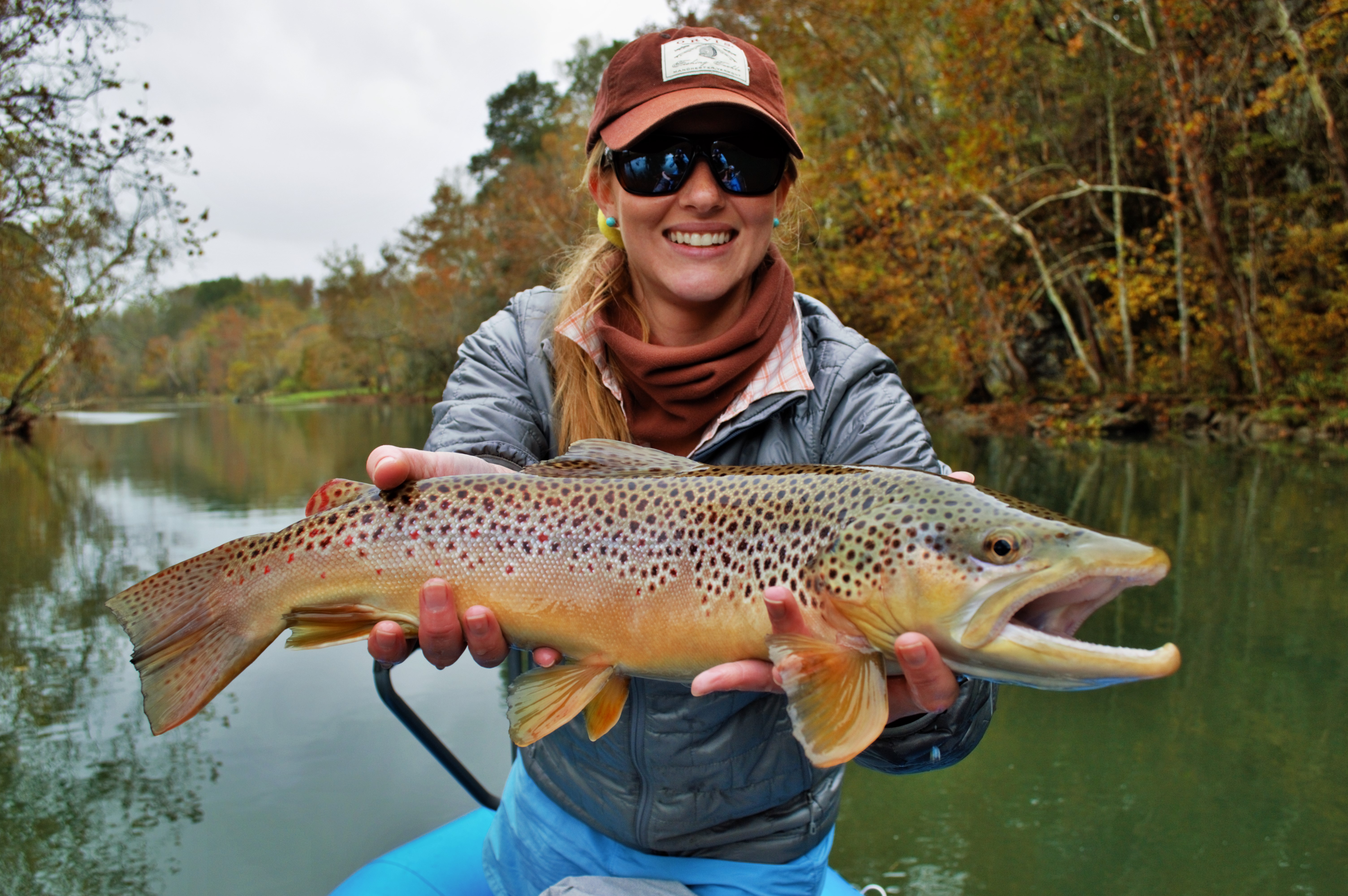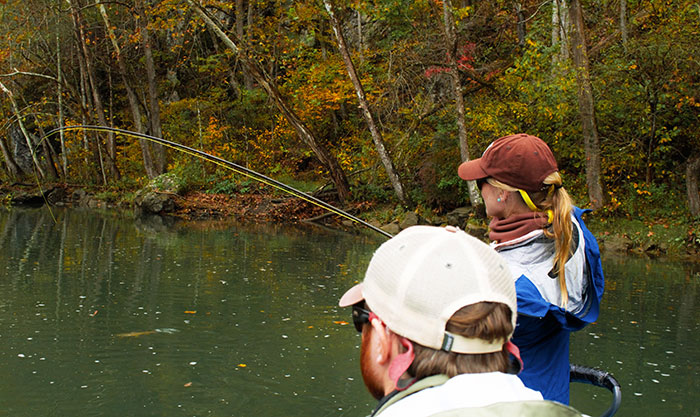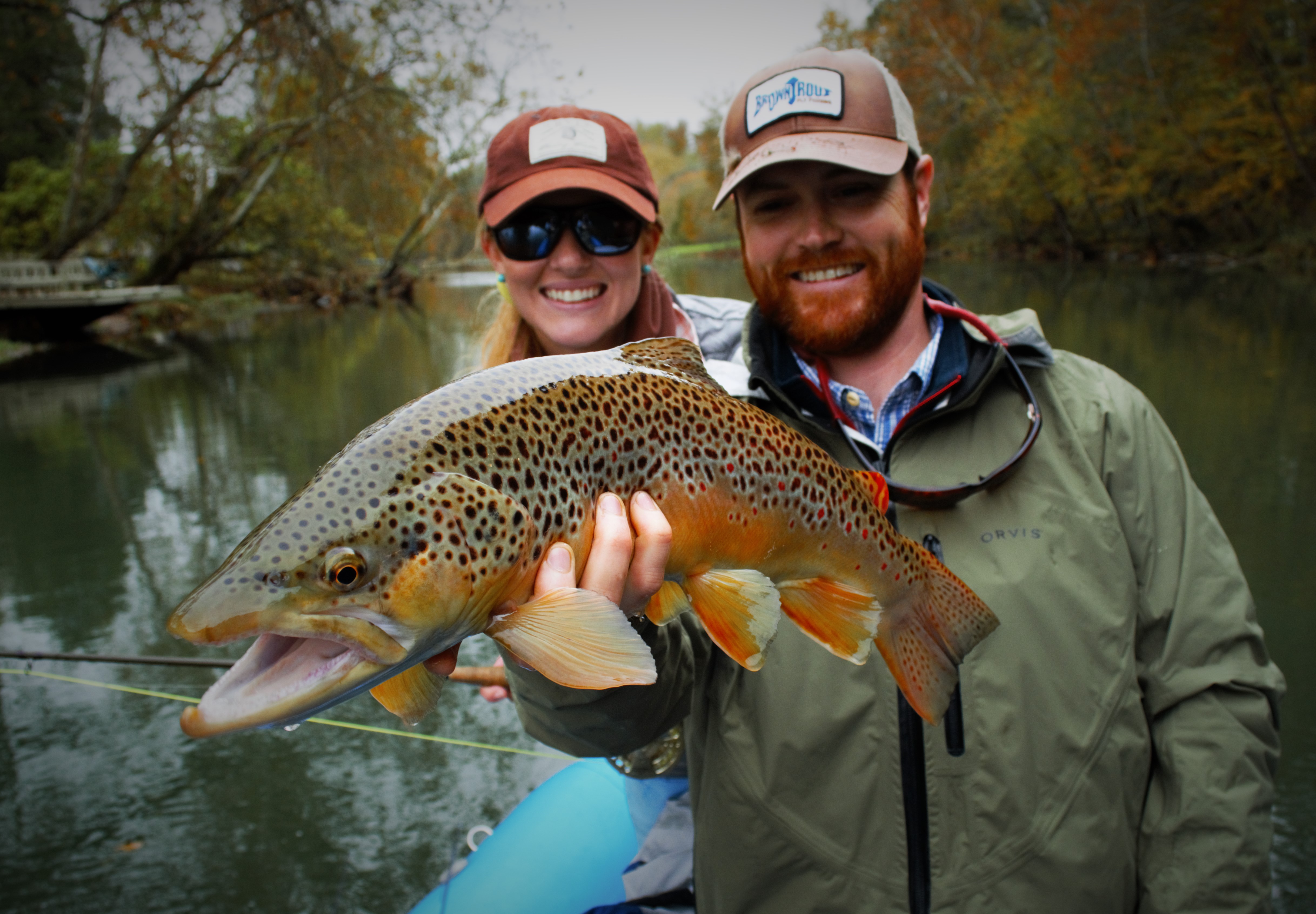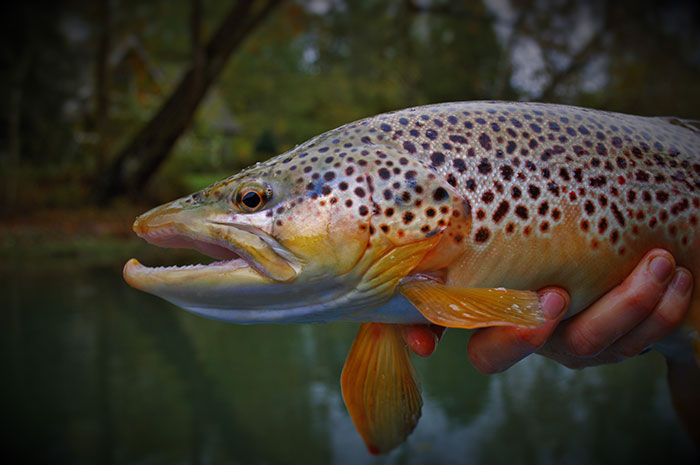Loch Style Stripping in the Wind
By Brown Hobson
Strip speed is often confusing to anglers because there are very few rules that always hold true. The possible retrieval styles are endless. Are trout eating flies best on a finger crawl(inches of movement at a time), rolly polly(feet per second) or one of the many speeds in between? As a former conventional bass fisherman I view lake stripping as I always have fishing a plastic worm. On any given day they might want any number of retrieves and there is no retrieve that won’t work in a specific situation. I have found one big factor that limits retrieve options more than anything is wind. For those not yet familiar with Loch Style Stillwater fishing, it is a method of lake fishing in which the boat is set up wind of a target area and a drogue(wind sock) is used to slow boat movement so anglers can methodically work the area infront of them. Anglers refer to that area downwind as our drift. In no or very mild wind a drogue is often kept in the boat so that movement down the drift is not totally stalled. In moderate wind the drogue keeps the boat moving at a slow pace. In a high wind the drogue slows the boat, but at some point the wind is so high that boat is flying down the drift even with the drogue out. At the last two Americas Cups I have seen high winds on both Sylvan Lake and Dillon Reservoir. On Sylvan in 2013 trout were eating my flies on a very slow retrieve with short burst of speed in between. Winds were variable from dead flat calm to high. When winds were dead flat calm I noticed my retrieve was catching more trout than my competition. When the wind kicked up I was missing fish, while my fellow competitors were adding fish to their scorecards. I am a head case when I start missing fish in a competition, so I went crazy for about 30 minutes. Luckily when I go crazy on a lake my clouded brain’s defense strategy is to gomer strip hard. Gomer stripping is long steady, but firm, strips in a rhythmic fashion. While that strip doesn’t always work it did in that situation and I started to hook my fish at an improved percentage. What I found was fish wanted a six inch movement with a short pause. When the wind was dead I accomplished that with six inch strips and a pause. When the wind kicked up the boat was moving at lets say a foot per second. When the boat is moving towards the files at 12 inches per second a 6 inch strip allows 6 inches of slack to form in the line, almost no fly movement is created. I was creating some movement, but when fish ate I couldn’t feel the strike early enough because of my slack. Once I started the 2 foot gomer strips I was able to move my flies and keep slack out of the line. I started catching fish, but it was too late to catch the field. It was a hard lesson learned.
On Dylan Reservoir this year we experienced white caps. I don’t know what wind speed was, but it was high enough we could barely move upwind to set a new drift. We started drifting in an unproductive area. I had a blank with an hour left. We pulled the plug and ran out to some under water structure I had done well on the year before. It was fully exposed to the wind, and I knew from my experience on sylvan that I was going to have to strip very fast to keep slack out of the line and move the flies. The boat was moving several feel per second and I was making the longest cast I could and stripping 3 to 4 feet of line with no pauses. I caught 3 rainbow trout on the first drift and another 2 on the second. Time was up, and again I made adjustments too late to catch the field, but saved the blank and finished just a few places out of first.
When the wind is soft or moderate, finding the right retrieve can be very difficult and can drive you crazy. I can quickly think of a couple dozen possibilities. While high wind presents many challenges I believe it does simplify the strip. Generally I strip long and fast, but anglers can really dial it in if you can find a way to time the speed of the boat. Pick some bubbles out on the side of the boat and try to figure out how fast you are moving past it. Then make sure your flies are moving at least slightly faster than the boat. That will keep slack out of your line and ensure that you are moving your flies enough to produce the action needed to entice trout to strike.



